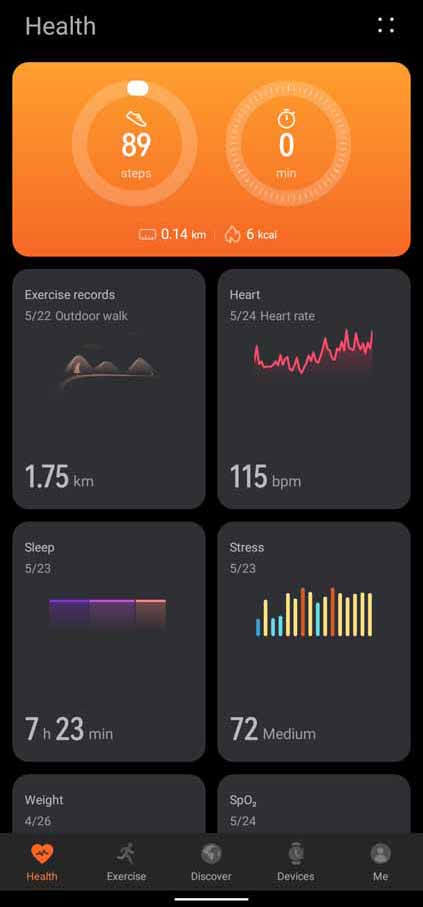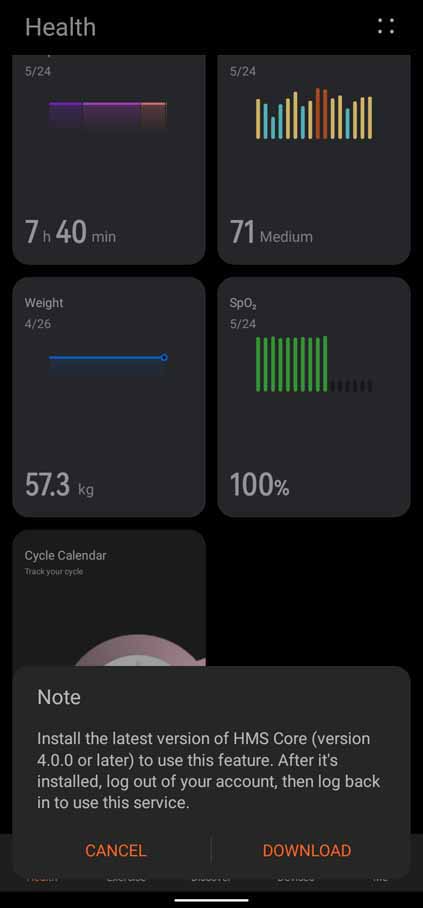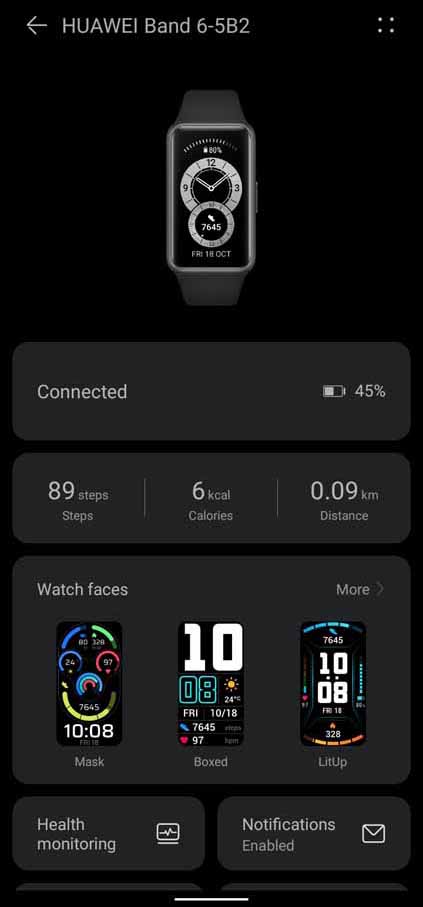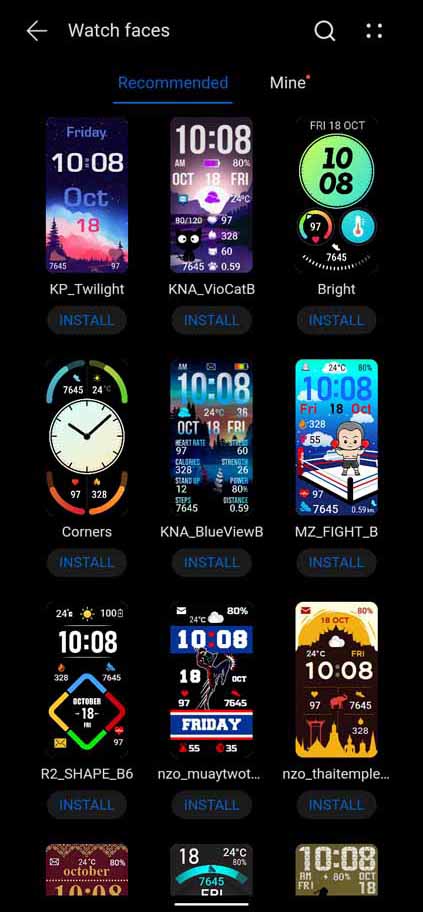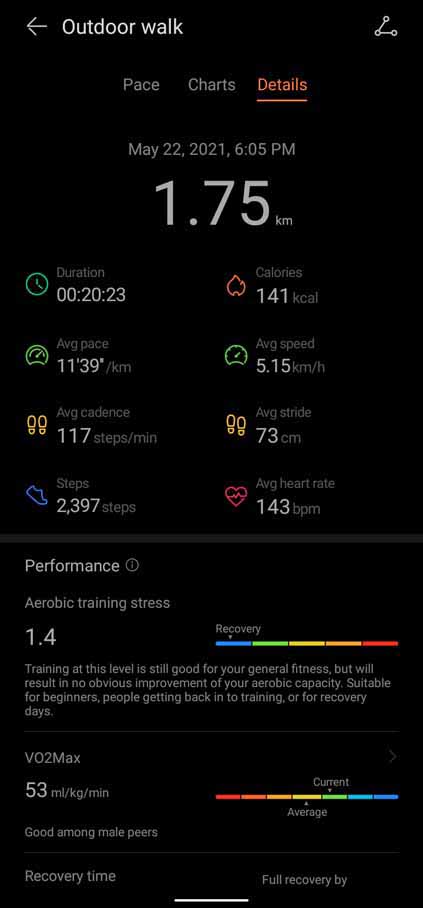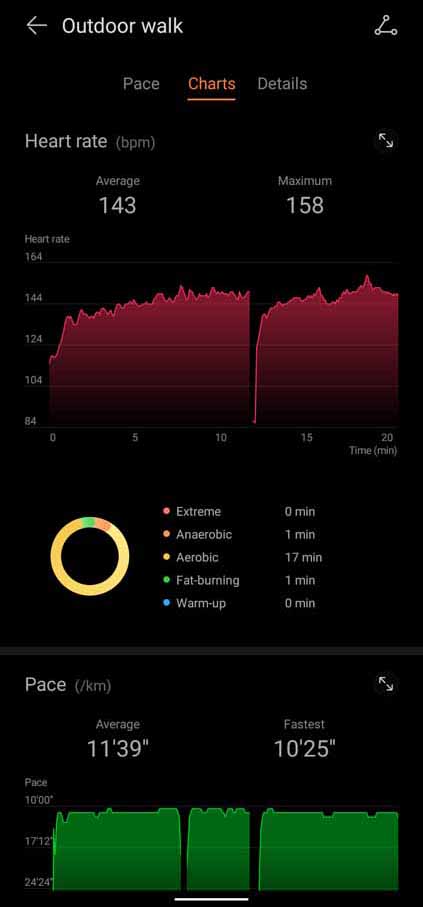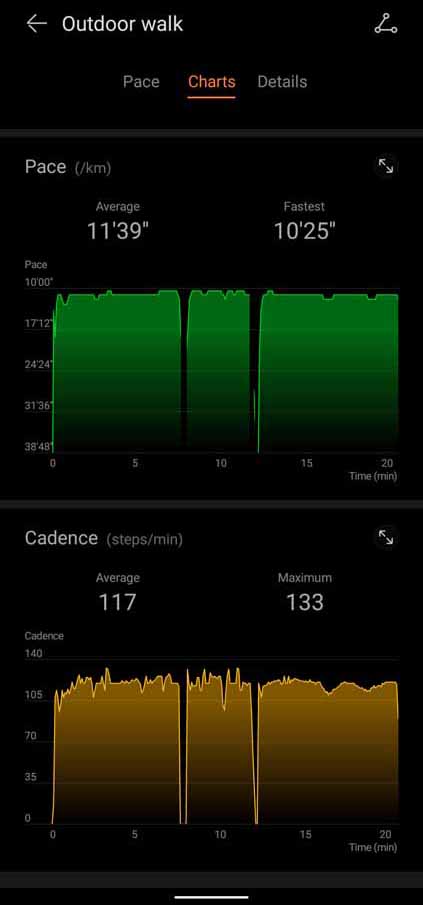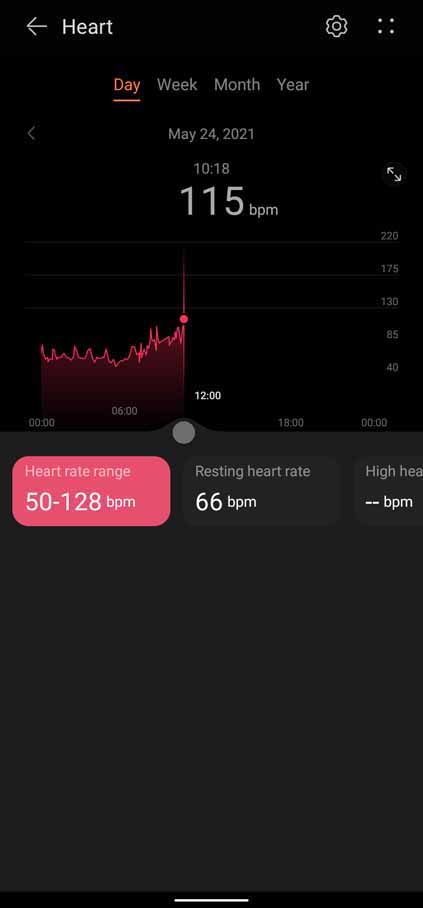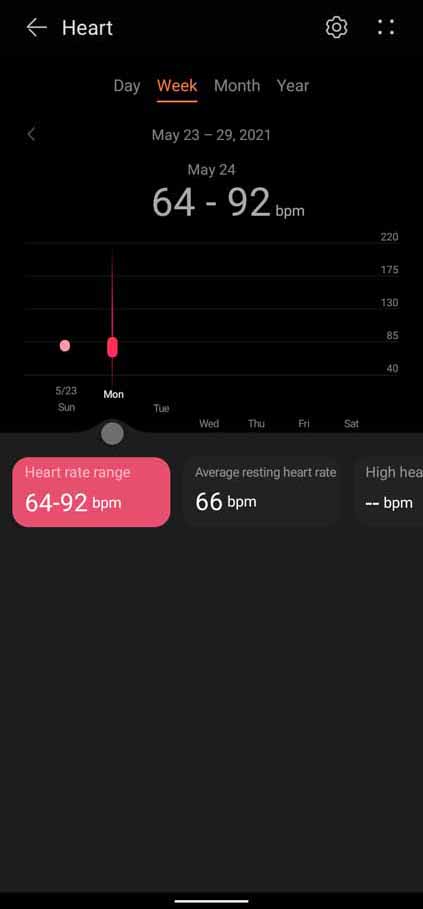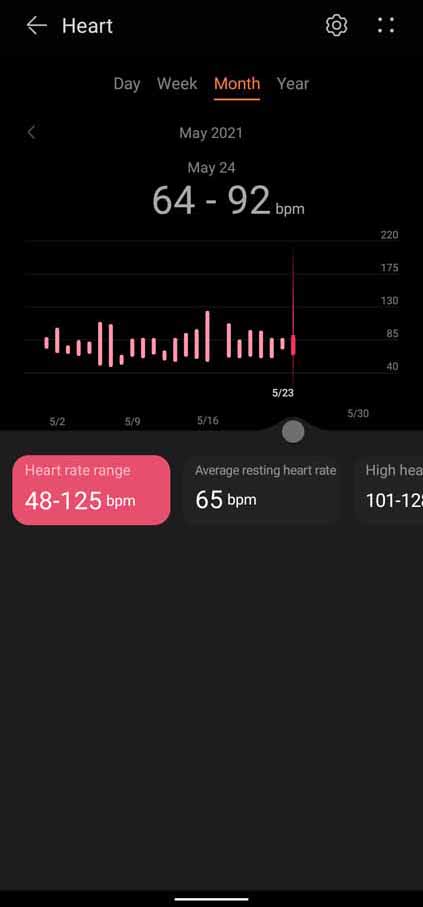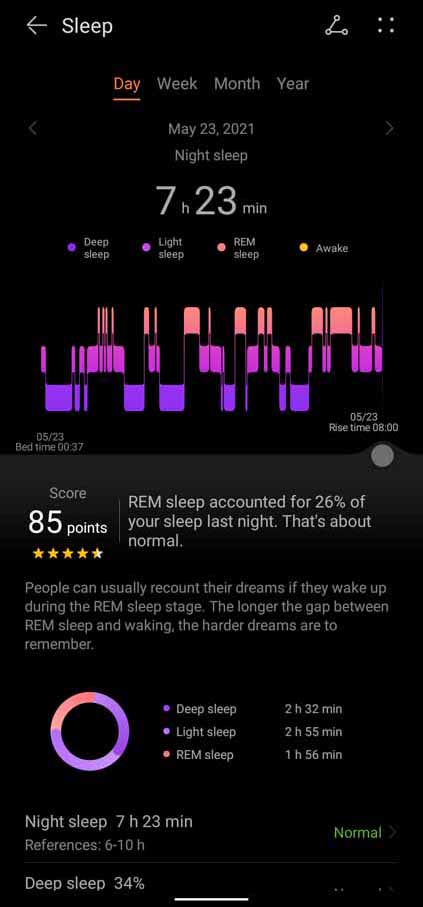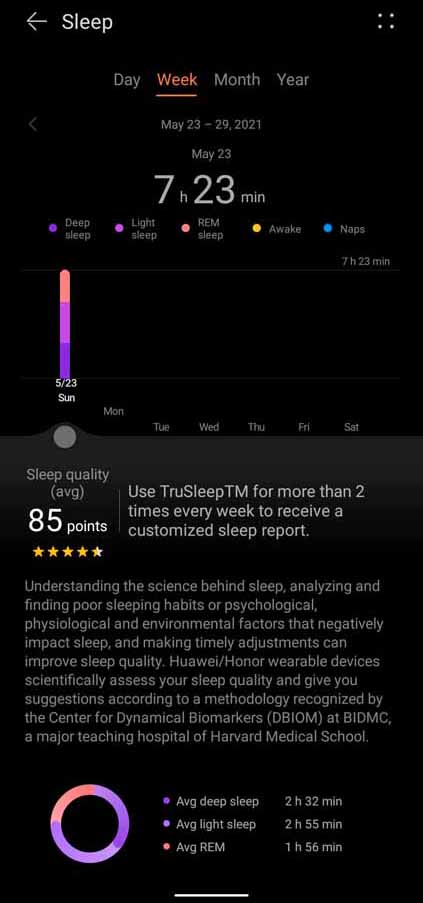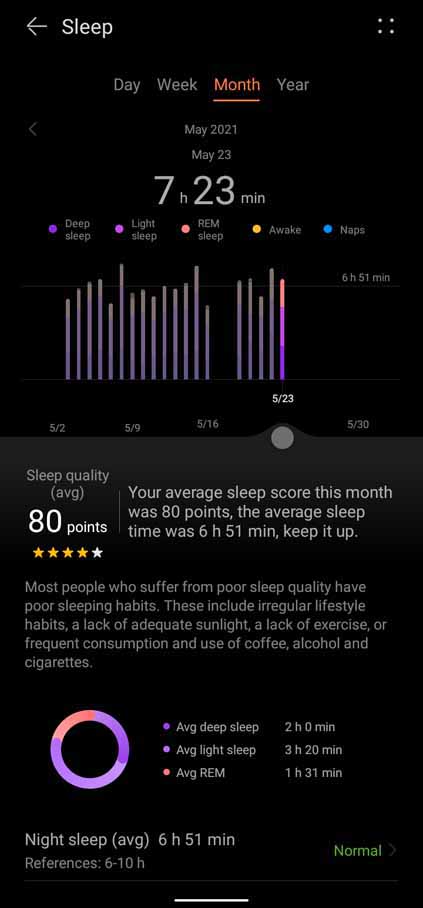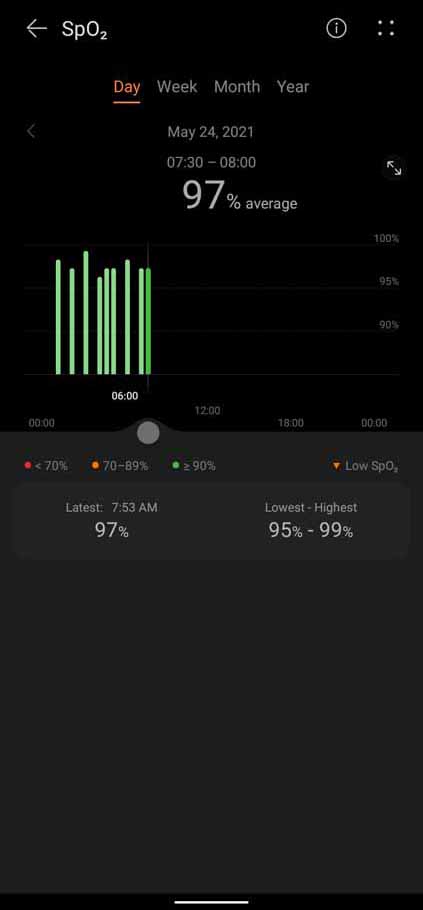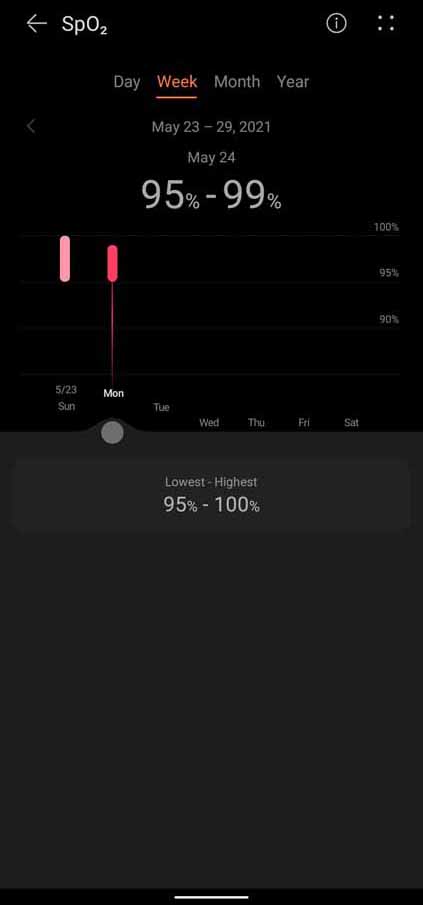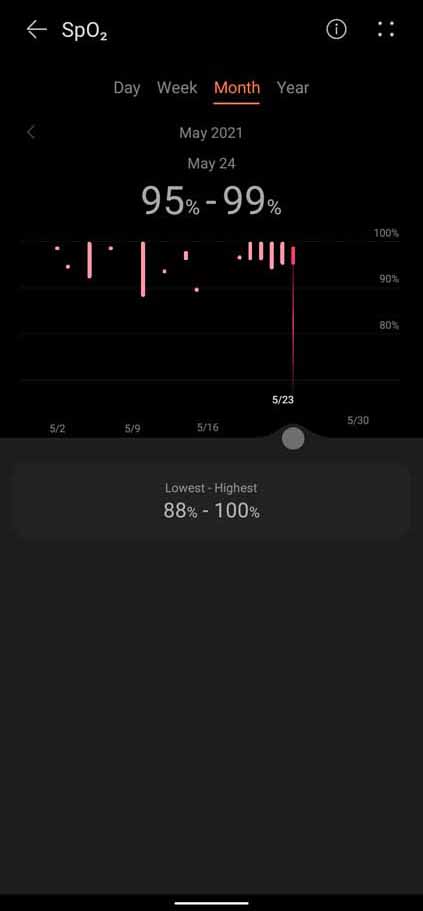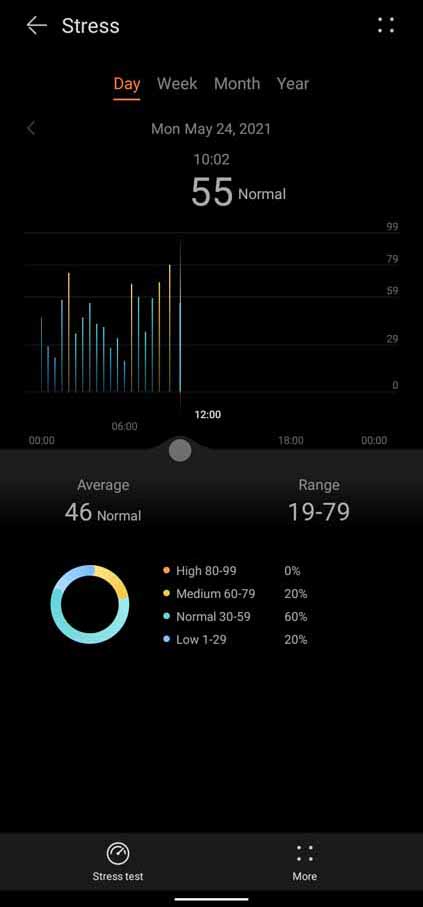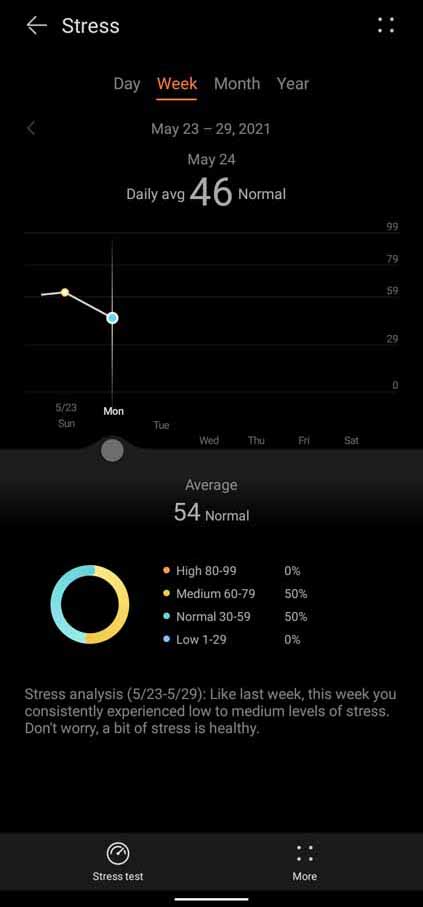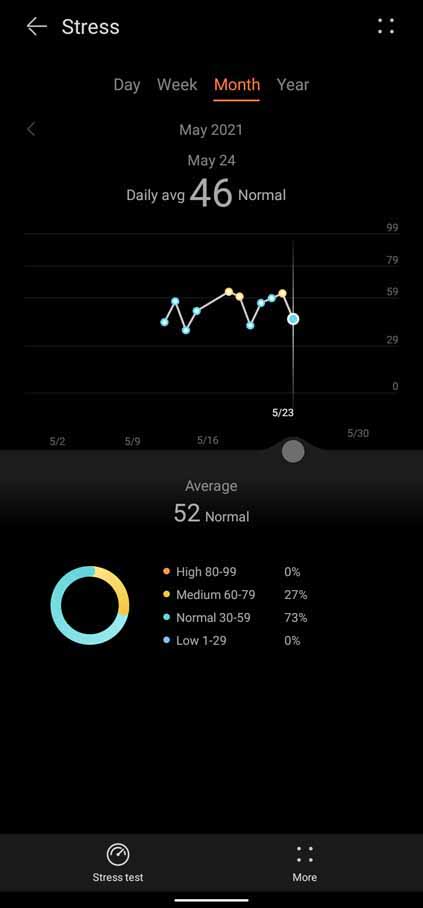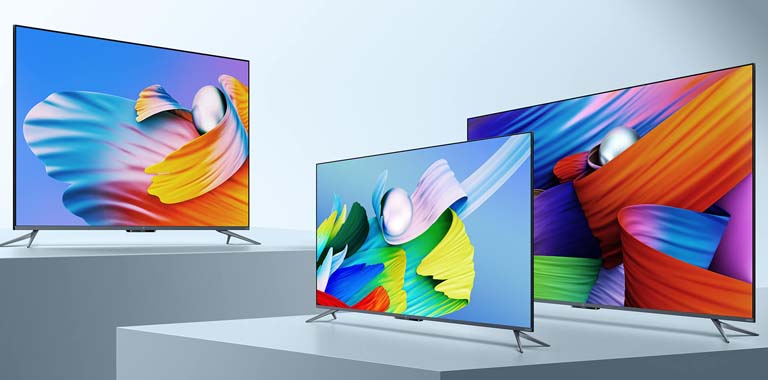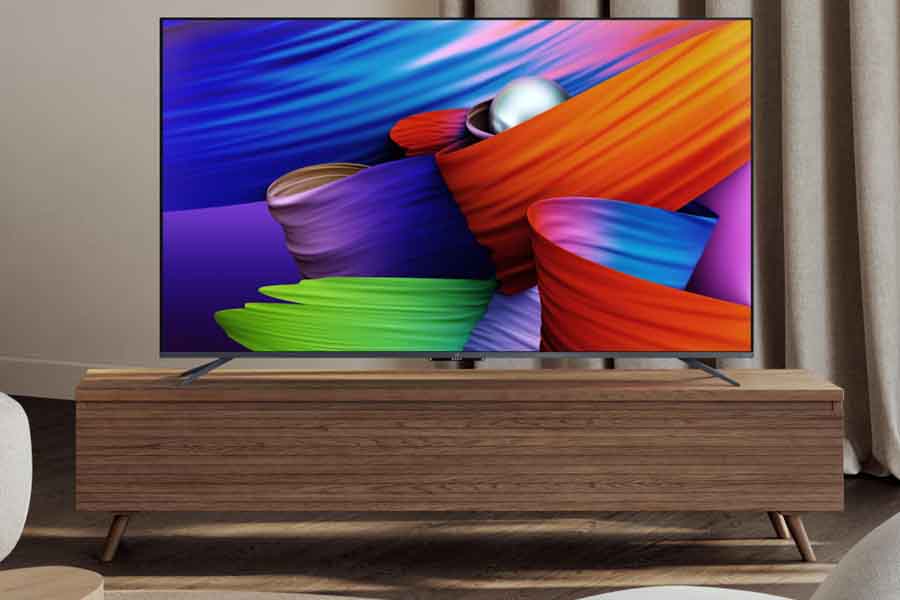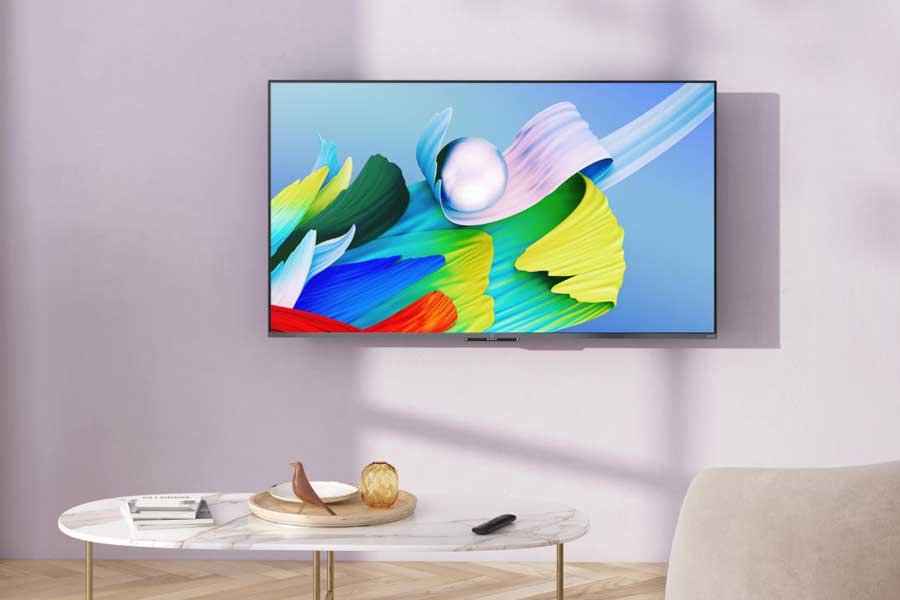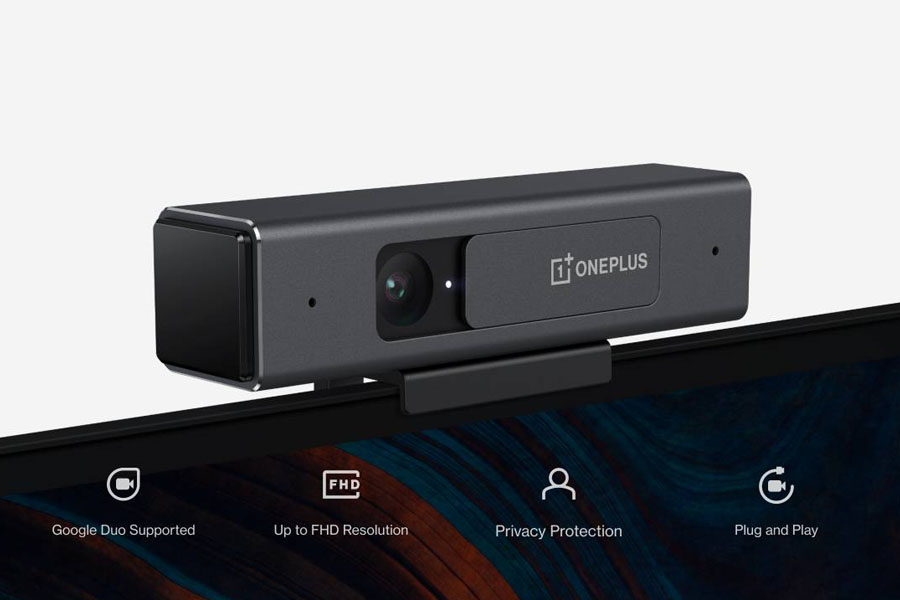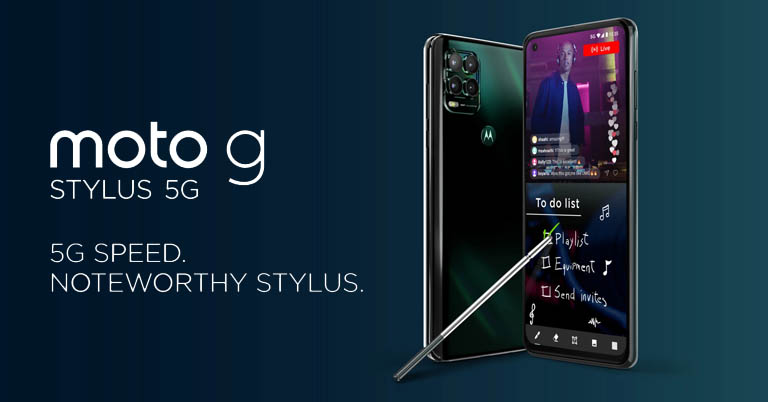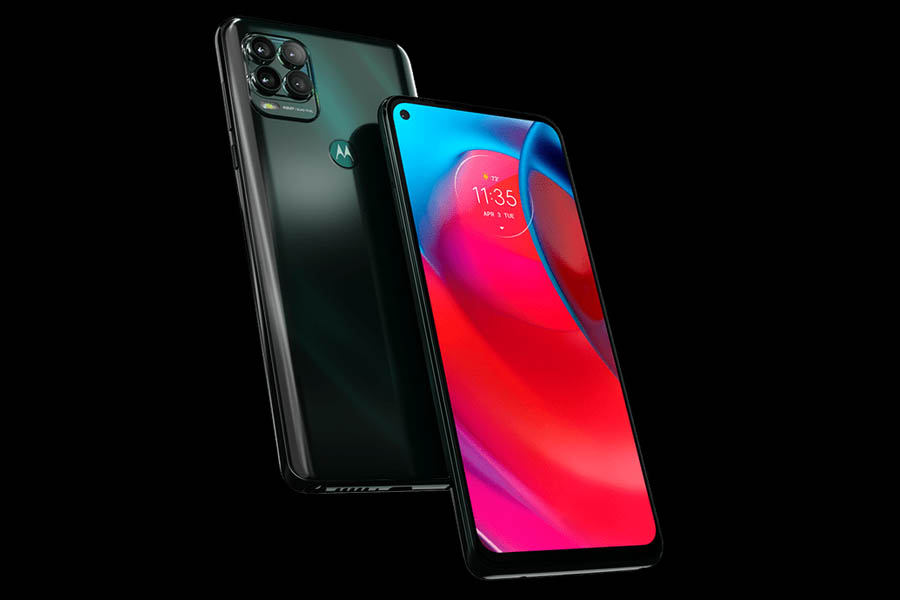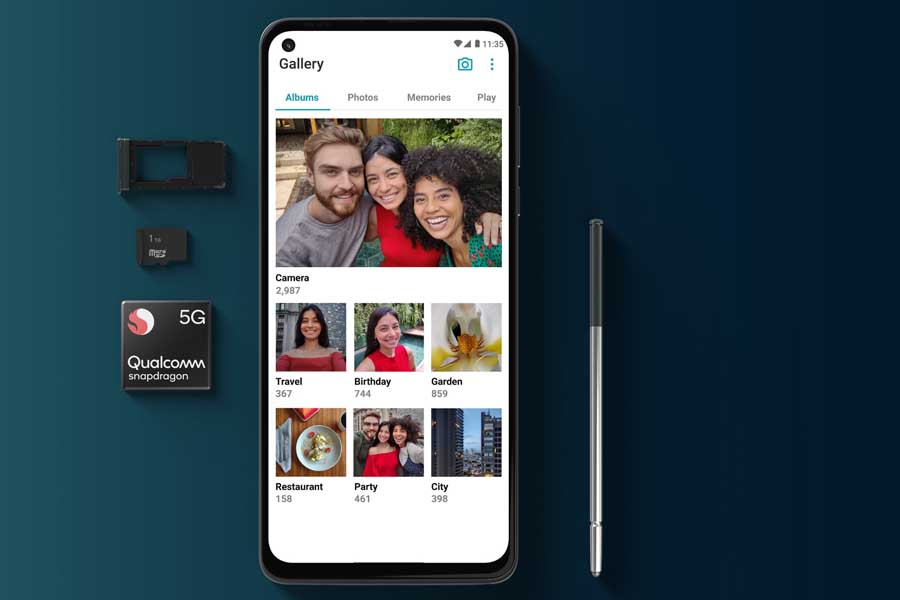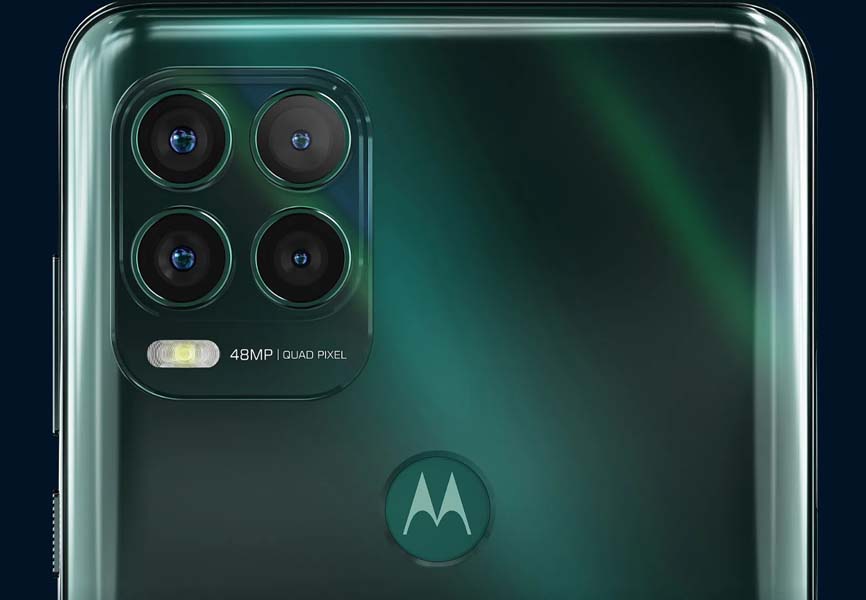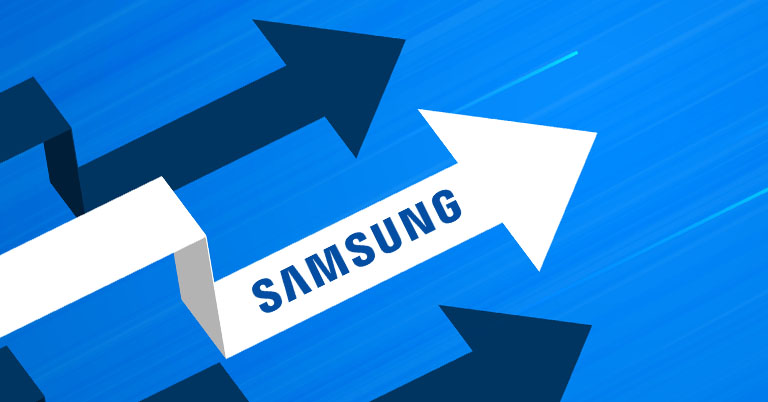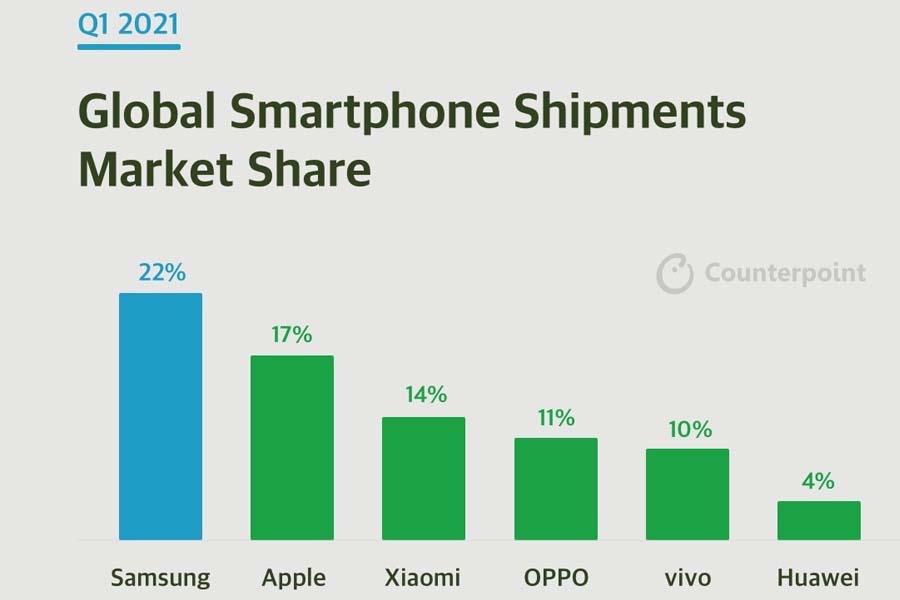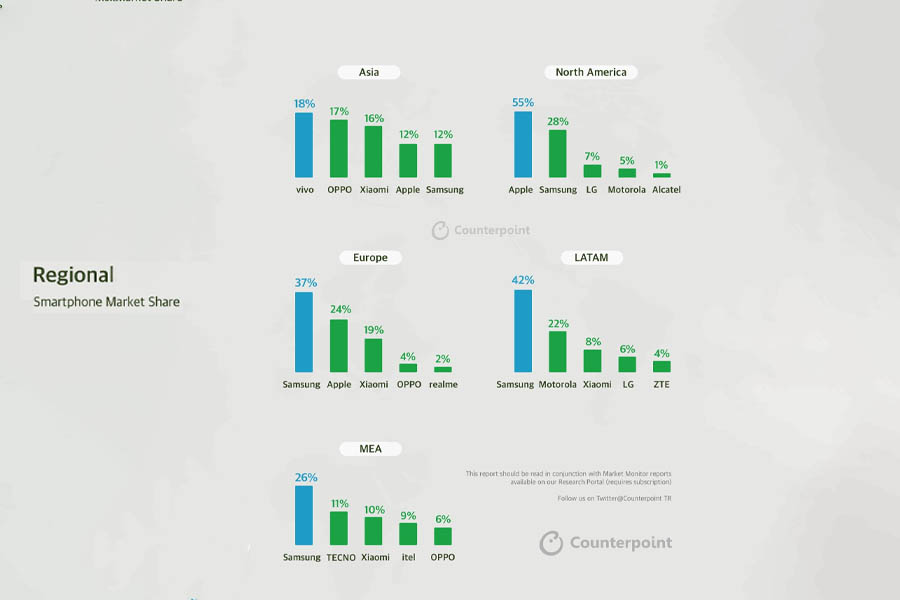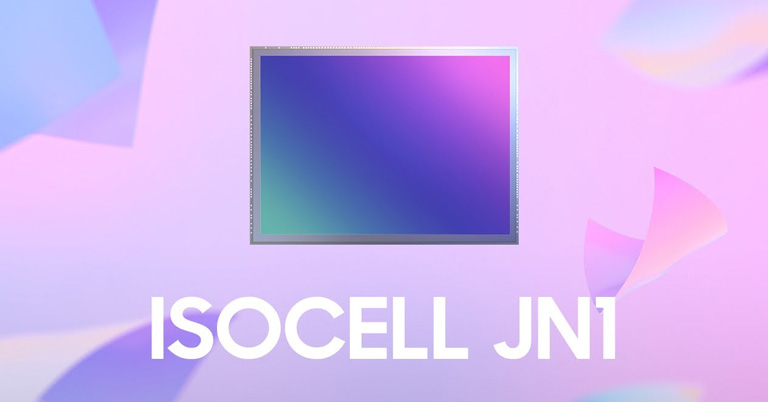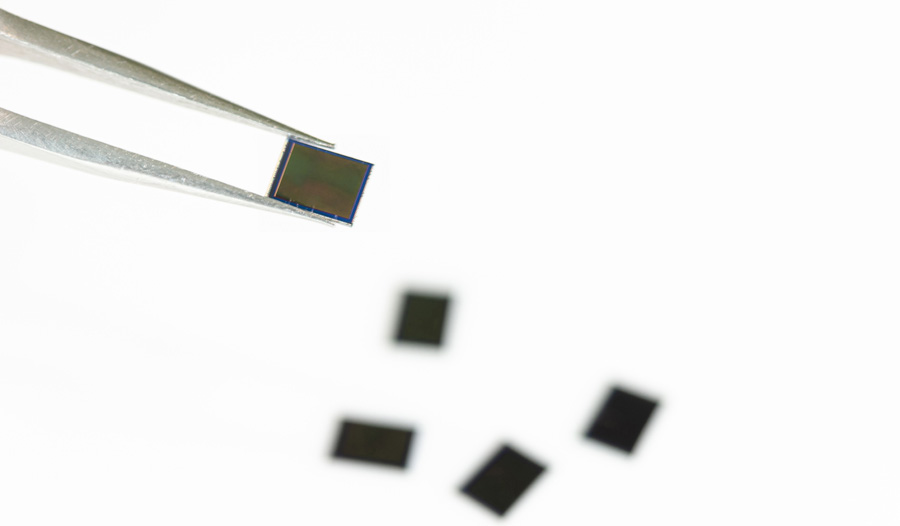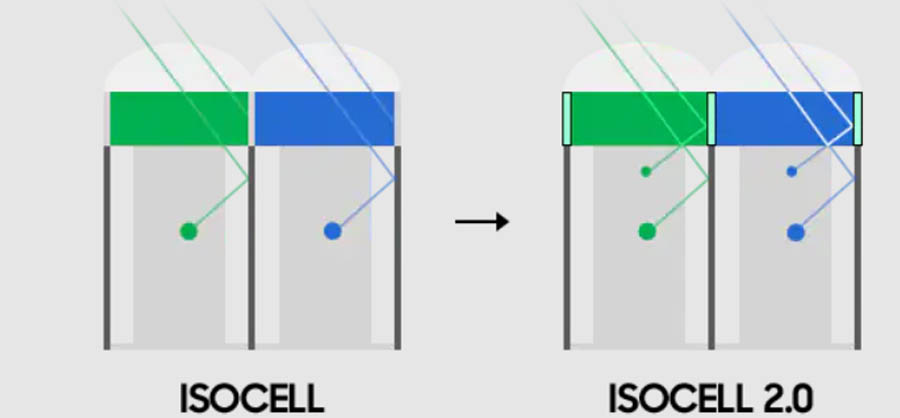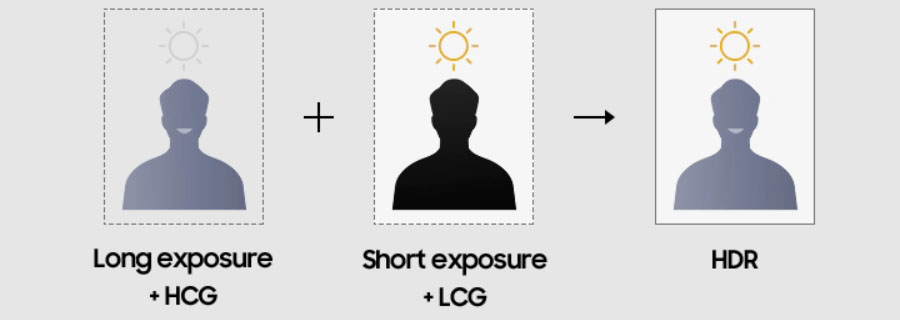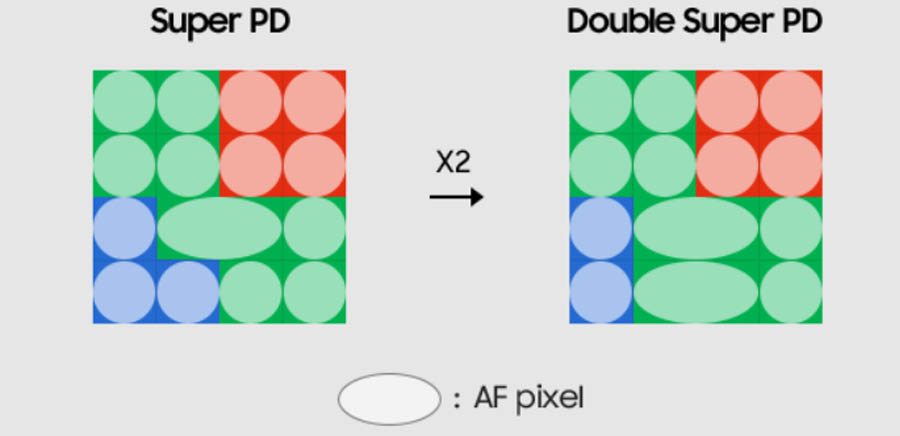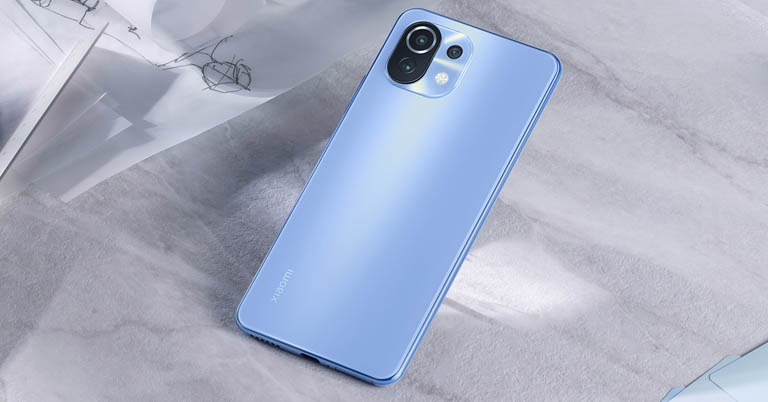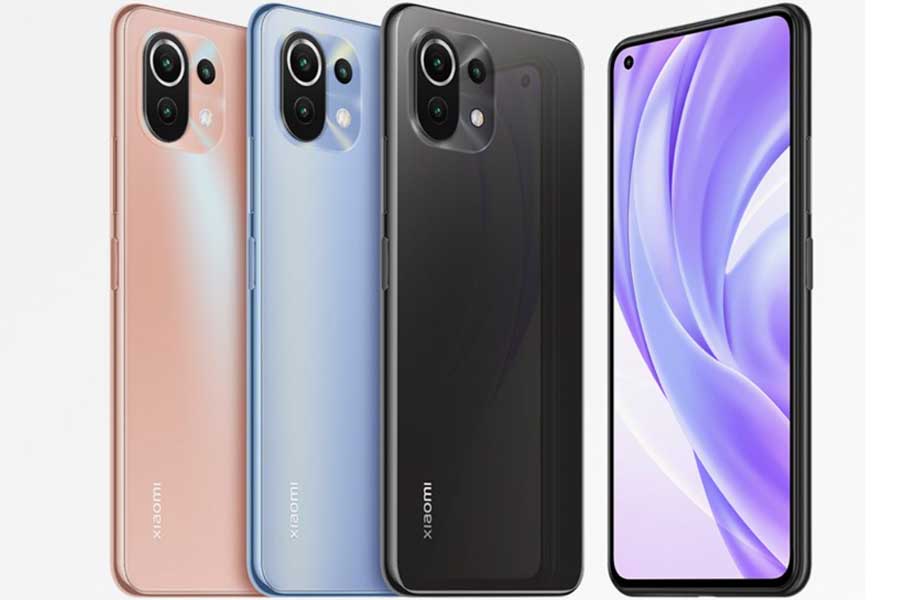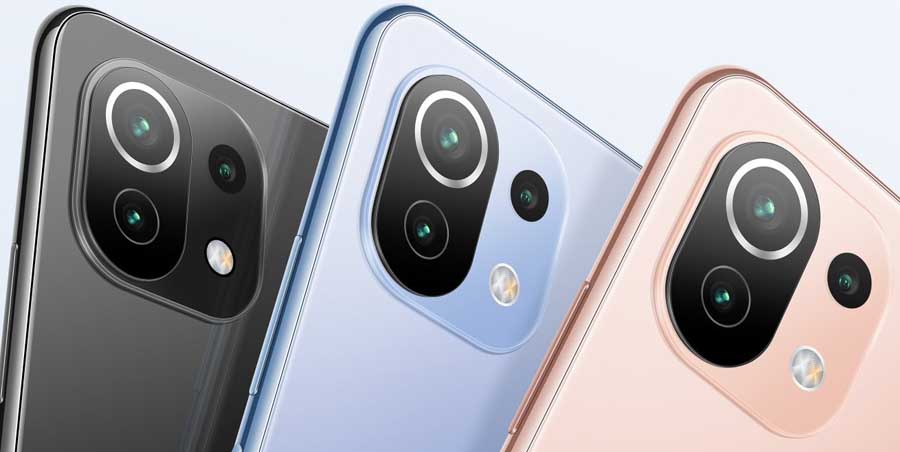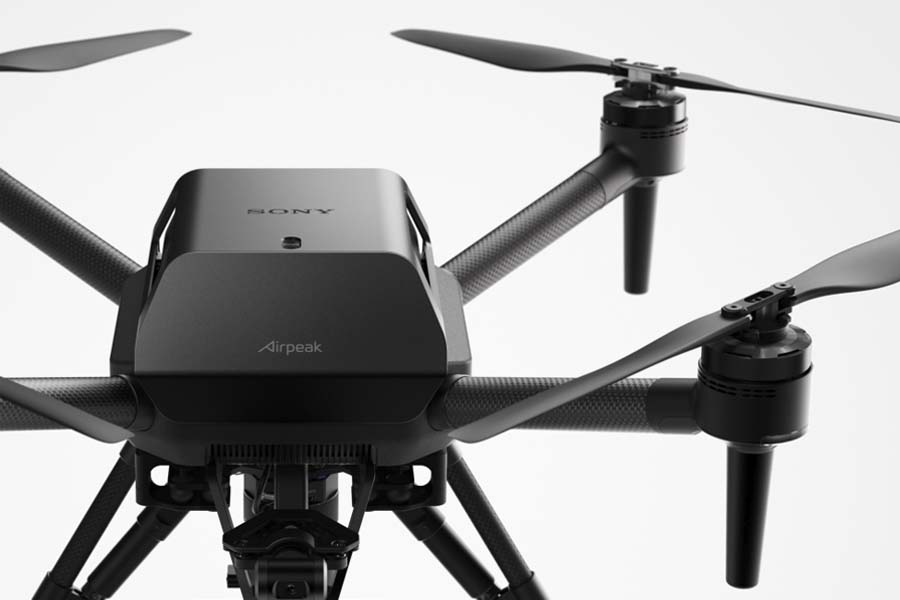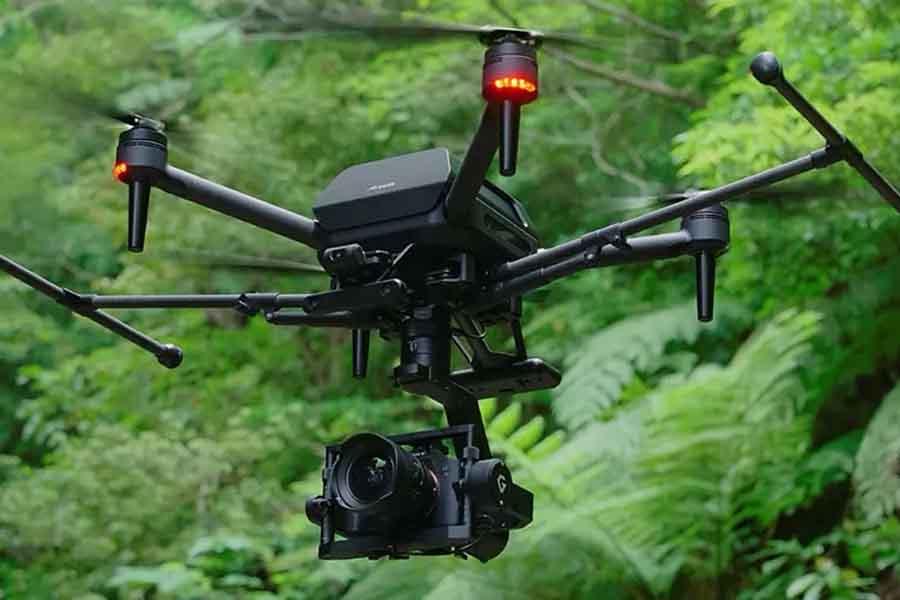We recently came up with the review of Honor Band 6 which was a fantastic fitness tracker for the price. Well, there is a similar—almost a carbon copy—product in the market called the Huawei Band 6. Retailing at a little higher asking price than Honor’s alternative, is it worth the extra cash or not? Let’s find out more in this review of Huawei Band 6.
Huawei Band 6 Specifications:
- Body: 43 x 25.4 x 10.99 mm, 18gm (without strap)
- Strap: Removable silicone straps
- Display: 1.47″ AMOLED panel, 2.5D curved glass
- Resolution: 194 x 368 pixels resolution, 283 PPI
- Control: Touch, swipe, side button
- Connection: Bluetooth 5.0 (BLE)
- Compatible with: Android 6.0 or iOS 9.1 and above
- IP Rating: 5 ATM water-resistance
- Functions: Alarm, Calories Burned, DND, Heart Rate Monitor, Notifications, Sleep Tracking, Step Counter, Sports Mode (96), All-Day Blood Oxygen, Women’s Health
- Sensors: Acceleration, Gyroscope, Optical heart rate, SpO2
- Companion App: Huawei Health (Android | iOS)
- Battery: 180mAh, Up to 14 days endurance
- Charger: Proprietary Magnetic charger, fast charging support
- Charging Time: 65 minutes
- Colors: Graphite Black, Forest Green, Amber Sunrise, Sakura Pink
- Price in Nepal: Rs. 9,490
Huawei Band 6 Review:
Design
- Polymer fiber frame with a metallic finish
- Removable silicone strap, 5 ATM certified
Like how Honor upgraded to a bigger design in its latest wearable, the Huawei Band 6 follows the same route compared to its predecessor. The slender form factor has seen a massive overhaul and I’m loving this new look. Call me old-fashioned but I still prefer the traditional loop/buckle watch strap and the Band 6 has given me zero reasons for complaint in that regard.
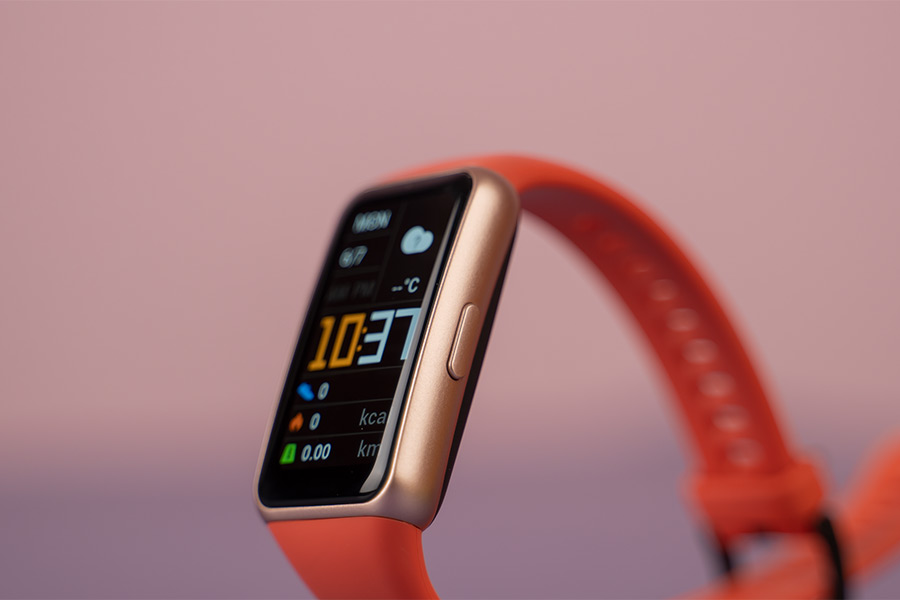
It is soft, lightweight, and fits practically every wrist size. Throughout my usage, I haven’t developed any skin irritation or allergy from putting it on either. Just like the Honor Band 6, this one weighs 18 grams only without the straps so the weight isn’t an issue either.
Somewhat premium design
While sharing the same design language, Huawei has tried to differentiate its fitness tracker in a couple of ways. First, the side button here doesn’t have a red accent like on the Honor Band 6. Likewise, the opposing frame doesn’t include a “Huawei” branding either—contrary to Honor’s choice to do so with its logo.
But more importantly, Huawei Band 6’s polymer fiber watch frame has a metallic texture to it which looks and feels more premium in contrast to the usual plastic body on Honor Band 6. Additionally, the Amber Sunrise variant that I have with me looks quite attractive too, with Forest Green, Graphite Black, and Sakura Pink color options available as well.
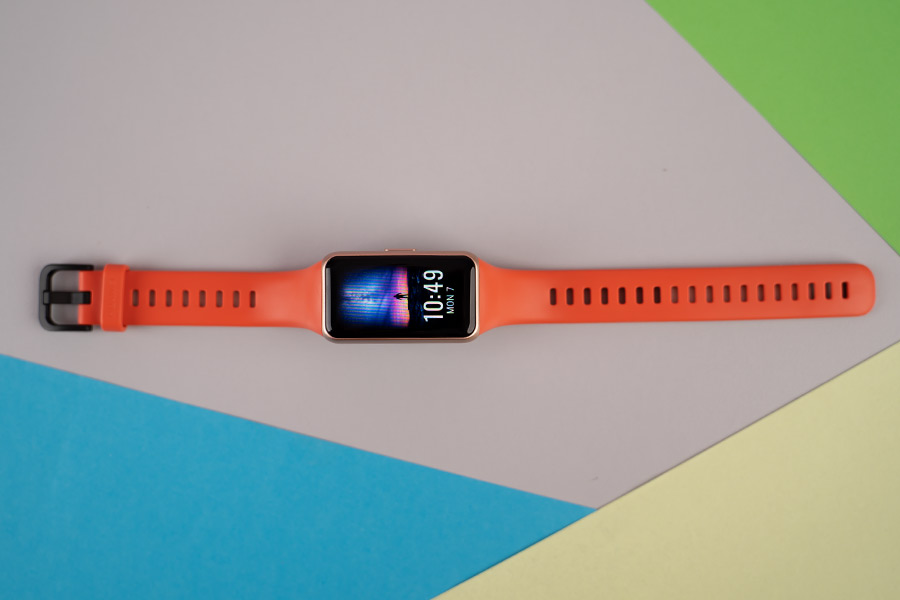
But I will say that Huawei could’ve delivered a more symmetrical look simply by matching the watch buckle with the strap. This black-colored buckle just looks out-of-place on this soft orange strap in my opinion.
Display
- 1.47-inches AMOLED panel, 283 PPI
- 100+ watch faces, 192 x 368 pixels
Upfront, it houses the same 1.47” AMOLED display with 194 by 368 pixels. For the most part, this screen is identical to the one on Honor Band 6. Yet, upon closer inspection, I found the colors to look slightly more natural on the Huawei Band 6—with better contrast and black levels too.
But let me reiterate, the difference is extremely nominal and under regular usage, they’re almost one and the same. For instance, the control panel is where one can notice the most visible difference in their supposed color calibration.

Yet, since that’s not the case elsewhere, this can be simply dismissed as two companies, adopting two (marginally) different design choices. I also installed the same watch faces in both wearables to see their difference.
And in this one called “Thai Temple”, the brownish background has better contrast on the Huawei Band 6 compared to the competition. Talking about watch faces, you can store up to 32 of them on the watch itself, with more to choose from via the Huawei Health app. Some let you customize what info to display too.
Additional SpO2 widget
Anyway, just like Honor Band 6, you can install up to 5 widgets on the homescreen here. But unlike the competition, Huawei’s offering has a SpO2 widget too. Regardless, the font size throughout the UI is readable and easy to make out. This sharp screen with 283 PPI pixel density makes sure you don’t notice any pixelation either.
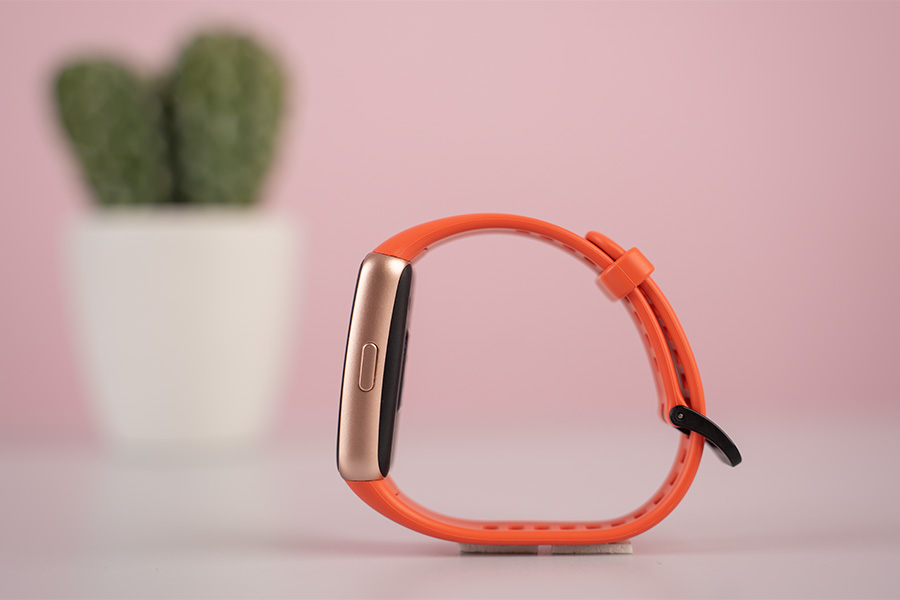
Moreover, thanks to the subtle curves on all four edges of the display, using swipe and touch gestures is no problem either. Huawei’s custom OS running the show is incredibly well-optimized and the animations look pretty smooth as well.
All the incoming notifications get stored at the bottom of the UI—and of course, they’re non-actionable. While it does support Unicode fonts, unfortunately, the Huawei Band 6 can’t display emojis. Plus, it would’ve been a little more helpful if the notifications were timestamped too.
Moving on, with 5 levels of brightness to choose from, outdoor visibility on this fitness tracker is no issue either. But like with the Honor Band 6, it doesn’t support auto-brightness. So at night, the screen doesn’t get nearly as dim as you’d want it to.
Companion App
- Huawei Health (Android/iOS)
Here, the Huawei Band 6 pairs with the company’s Huawei Health app. You know how Huawei was put into the Entity List by the US thereby banning it from working with any US-owned companies like Google?
Yeah, because of this, Huawei hasn’t updated any of its apps in the Play Store for a long time—including Huawei Health. Strangely, the company seems to have no problem updating apps on Apple’s App Store. So, unbeknownst to me, I was initially using the Play Store version of Huawei Health.
On top of being void of features like continuous blood oxygen monitoring, I also encountered multiple instances where the watch data didn’t sync well with the outdated app. But after updating to the latest version from Huawei’s AppGallery, things are as sound as a bell here. The data synchronization is fast and the app doesn’t crash every now and then either.
Apart from this, tasks like syncing watch faces, updating firmware are also quite swift now. Yet, there’s not much of a visual change here but I don’t mind. Still, features like menstrual cycle tracking are only possible with HMS Core 4.0 or a newer version installed. In any case, all your health-related data are organized in an easy-to-understand layout which is great.
Health, Fitness Tracking
- 96 workout modes (10 professional + 86 misc.)
- All-day blood oxygen, heart rate, stress monitoring
Now, when it comes to fitness tracking, Huawei promises big numbers on the Band 6. 96 workout modes sure sound like a lot—and it sure is. But the reality couldn’t be more disappointing. The thing is, besides the 10 professional workout modes, the remaining ones are pretty much the same.
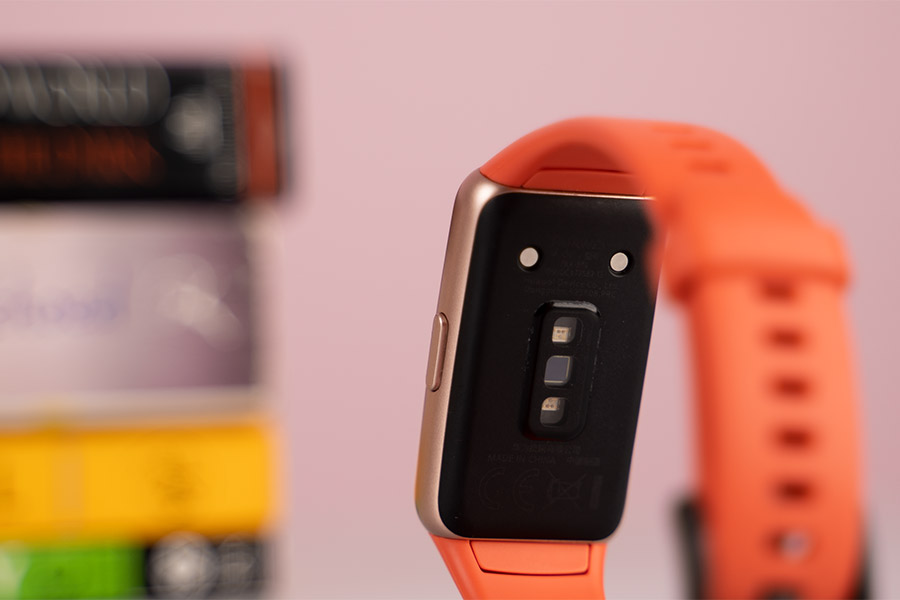
You can access it by selecting the Widgets option under the Workout menu. The slim silver lining on this grand letdown is that the miscellaneous workout modes are well-organized under different categories. From yoga, pilates, karate, dance, football, to even bungee jumping, it’s all here.
Yet, all it records throughout the workout is your heart rate, calories burnt on top of classifying the stress of the training under aerobic or anaerobic state. For this review, I went on a couple of workouts to compare the health tracking ability of Huawei and Honor’s Band 6. Here, both fitness trackers recorded similar BPM which is great news.
Spacious screen for all your health data
Moving on, you can also view your workout details in the watch itself—at length, might I add. This includes heart rate zones, pace, cadence, and practically everything else that’s available on the Huawei Health app.
Weirdly enough, although I had turned on the high heart rate alert in both of them, neither triggered the said alert under an intensive workout—carrying a 25 kg sack up three flights of stairs. I could practically hear my heartbeat pounding but both of them failed to map it so. But under relatively easier workouts or casual usage, the Huawei Band 6 does push high heart rate alerts in a timely fashion.
In addition to the 86 miscellaneous exercise modes, there are 10 professional ones to choose from here, just like on the Honor Band 6. This includes running, walking, jump rope, elliptical, and others. Because the watch is 5 ATM certified, Huawei has complemented that with the ability to track your pool swimming sessions too.
Auto workout detection
Moreover, the company has embedded the auto workout detection which worked surprisingly better here compared to the Honor Band 6. And on each professional workout mode, you can define certain goals like time, calorie, distance—and have a reminder when you reach different milestones like heart zones and training stress.
Aside from that, it can track your stress levels, calories burnt, and sleep records as well. While the Huawei Band 6 boasts the newer, improved TruSleep 2.0 algorithm, I graphed both wearables sleep monitoring to be practically the same. The Honor Band 6 recorded the time I got up 5-10 minutes off in a couple of instances but I can’t complain.
However, what’s unique to the Huawei Band 6 is that it sends you a notification every morning about your sleep score of the night before. But this is quite inconsistent and sometimes arrives hours after you’ve woken up.
All-day SpO2 monitoring
Besides all these, the biggest highlight of this fitness tracker has to be continuous blood oxygen level monitoring. While most budget wearables at this price point simply settle at on-request SpO2 tracking, Huawei has taken things a step further here. But Huawei’s implementation of all-day blood oxygen monitoring is pretty relaxed.
It can only record your SpO2 level every 30 minutes and if you dare take off the watch even for a moment between any 30-minute interval, it doesn’t record your blood oxygen level for that duration. Still and all, it’s a great feature to have on an affordable fitness band.
You can see your daily progress on the watch itself or the aforementioned companion app. Anyway, since it doesn’t have a built-in GPS, you will need to take your smartphone out on your workout sessions if you plan on trailing it.
Other assorted features on the Huawei Band 6 include weather reports, breathing exercises, music playback control, alarm, stopwatch, find phone, etc. To give you a brief overview of your day’s health records, it includes the “Activity Records” section too. This includes parameters like steps taken, activity time, and hours active.
Battery Life
- 180mAh, Up to 14 days of battery life
- Magnetic charger, Fast charging support
Finally, let’s talk about the battery endurance of the Huawei Band 6. Just like Honor’s alternative, this one promises a 2 week of battery life as well. With 24-hour blood oxygen monitoring turned on, I was expecting this thing to last no more than 5-6 days. Remarkably, I managed to go 7-8 days without having to charge it up.
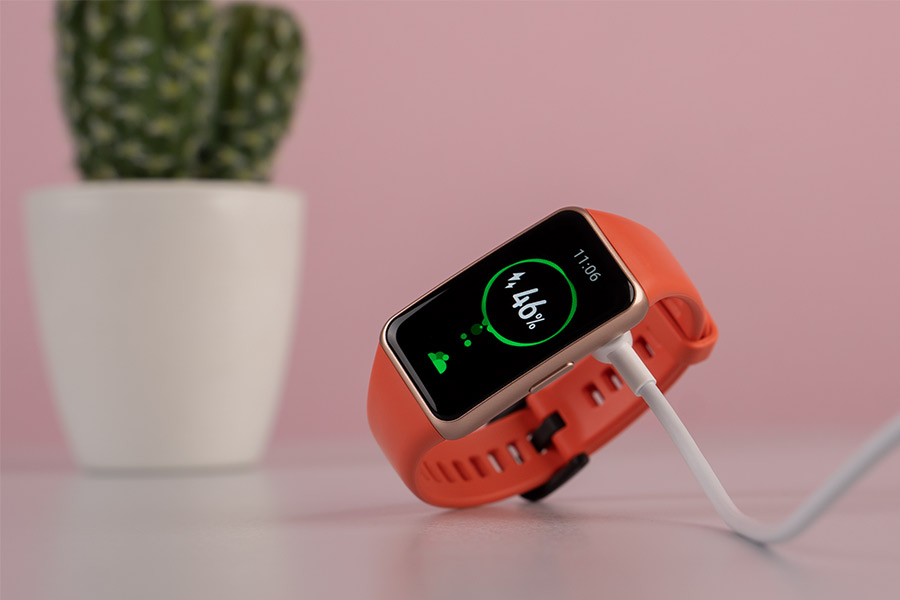
On top of all-day SpO2 tracking, my use case consisted of at least a couple of dozens of notifications every day. And I’d set the brightness level to 4 throughout the day while dialing it down to 1 at night—you know since it doesn’t support auto brightness adjustment. Charging it up is fast and hassle-free too. It uses a 2-pin POGO connector that takes the watch from 0 to 100% in under an hour.
Conclusion
Okay, let’s wrap up this review of the Huawei Band 6. After all is said and done, the question remains—is spending a couple of more bucks on this worth it? Seeing its familiarity with the cheaper Honor Band 6, it certainly doesn’t seem so. And that’s where I’m leaning on as well. The only real value in getting the more expensive of the two is its continuous blood oxygen monitoring ability. So, if you can justify the extra money for this feature, the Huawei Band 6 is definitely worth your money.
- Watch our video review of the Huawei Band 6.
Huawei Band 6 Review: Pros & Cons
Pros:
- Colorful, lightweight design
- Relatively premium build quality
- Large, vibrant AMOLED screen
- Well-optimized custom UI/UX
- All-day blood oxygen monitoring
- Impressive battery endurance
- Auto workout detection works well
Cons:
- Pricier than other fitness bands
- Watch faces aren’t that attractive
- Straps are difficult to remove


